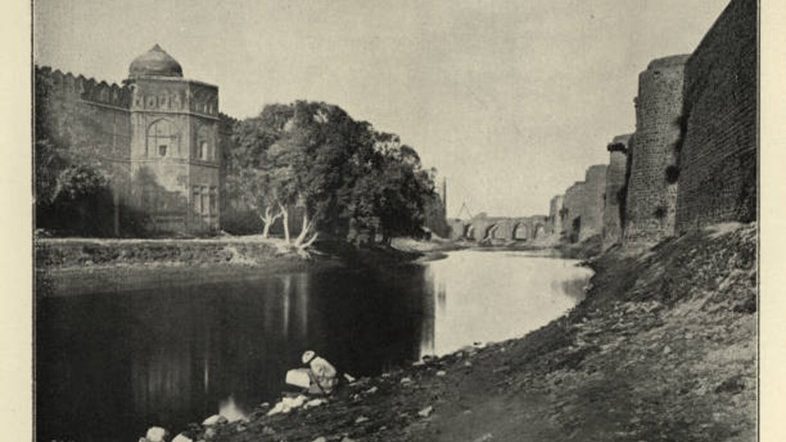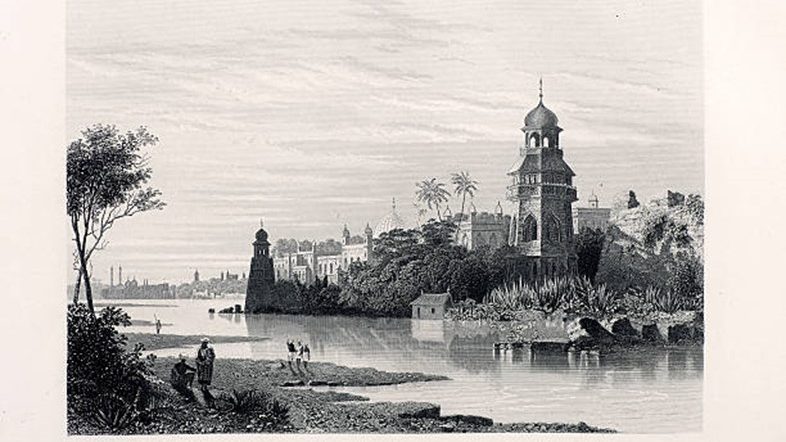Yamuna is the most significant river in India which flows in Delhi. The Yamuna River originates from Yamunotri glacier, and it is the largest tributary of the Ganga River. The stretch of this river has its origin in Okhla, Delhi which is also called upper Yamuna, and covers parts of Delhi, Haryana, Uttar Pradesh, Uttaranchal, Himachal Pradesh, Rajasthan and Madhya Pradesh. Delhi’s relationship with this river has its history since its origin, it has also changed dramatically over time. There was a time when the river flowed in between the historical buildings, Red Fort on one side and Salimgarh Fort on the other and at present the scenery have changed. Not only the scenery but also the water of the river. The river was used for farming purposes and many more basic chores of household but now Yamuna has turned into one of the most polluted rivers in the country.

History:
Since the Mahabharata period, the river Yamuna is considered to be part of Delhi. The Pandavas capital city of Indraprastha is believed to have been in the same location as the modern city of Delhi. The ground has witnessed a rich history with kingdoms coming and going, Yamuna actually shaped the history and planning of Delhi undoubtedly. Yamuna is mentioned in many ancient texts which were composed during the Vedic period. Yamuna River is also mentioned in the surveys of Seleucus I Nicator, an officer of Alexander the Great who visited India during 305 BCE. Megatheres, a Greek traveler and philosopher also mentioned this river in his book Indica. The population completely depended on the river Yamuna, nearly 57 million depended on Yamuna’s water and 70 per cent of Delhi’s water was supplied through this river. When the city was under British rule they started the modern development of Delhi, they considered creating floodplains but were discouraged due to constantly shifting water levels. As the city expanded the breadth of the river also reduced. British made colonies overlooking the spectacle for the poor and eventually, they had no option but to agree with them. Despite its illusionary beauty and rich history, the meaning of Yamuna has been completely lost, Yamuna is now a dumping ground and a falling victim to increasing pollution.
Yamuna and Delhi’s forts:
Earlier Yamuna flowed through a passage between Salimgarh Fort and Red Fort. Salimgarh Fort was constructed in 1546 by Salim Shah Suri. The Red Fort was built in 1648 on the western bank of a branch of the Yamuna River. In a painting, ‘Reminiscences of Imperial Delhi’ by Mazhar Ali Khan, it was depicted that the two forts were connected by a bridge made by Bahadur Shah Zafar. Shah Jahan’s original city had 14 gates including a water gate known as khizri darvaza which provided direct access to the river. When it was inaugurated Shah Jahan entered through the Khizri darvaza and a moonlight celebration took place. The presence of the river was significant for constructing forts. It served both as a barrier and a source of water. A system of water channels was made within the forts. Initially, the Yamuna River served as a defense for the Red Fort, however, the course of the river gradually shifted away during the reign of Muhammad Shah.

Urban development and environmental changes:
Delhi is the most polluted city in India as per the reports, this has also affected the situation of the river. Once the river water was used for household chores and also for consumption but increasing sewage and domestic and industrial wastes from houses and factories have made its water toxic and inappropriate for consumption. In areas of Rajasthan, it has also led to water shortages and in Areas of Delhi dirty water consumption has led to many diseases and other health conditions. Studies have called the river a ‘glorified drain’ and a ‘dead river’ which is unable to sustain life. It has been a decade since sections of Yamuna have been affected by the dumping of toxic chemicals and untreated sewage as a result the river appears dark and sluggish in several parts, also plastic waste lies on its banks, and industrial waste is among the major sources of causing pollution. According to a 2020 report by the Yamuna Monitoring Committee (YMC), the 22- 22-kilometre stretch of this river which travels through Delhi is only 2 per cent of the actual length of the river but it accounts for 75% of the total pollution load in the river, it came from untreated domestic sewage industrial and solid waste. A report by the Centre for Science and Environment has shown that 63% of wetlands and waterbodies in the Yamuna flood plains are dry. The loss of waterbodies makes the city more prone to floods. Steps are taken to clean Yamuna by Delhi’s government. They have announced a 6-point plan to clean Yamuna by February 2025 by improving the city’s sewage treatment capacity and network cleaning major drains, de-silting storm water drains and taking actions against industries that release waste and pollutants.
The river has changed its course over time, many Scientists believe that one of the factors believed to contributed to this changing course is the movement of the Indian tectonic plate. The Indian plate has been steadily shifting northwards. It is resulting in the rising of the Himalayas. This movement is also considered a major reason for the eastward shift of the Yamuna River’s course. Also, rivers in the alluvial plains of the north are more prone to changes in their paths. The alluvial terrain in these areas is soft and easily influenced by shifting river courses.
ARTICLE BY – MISHTI GADHVI | EDITED BY – SAHIL HARVANI



